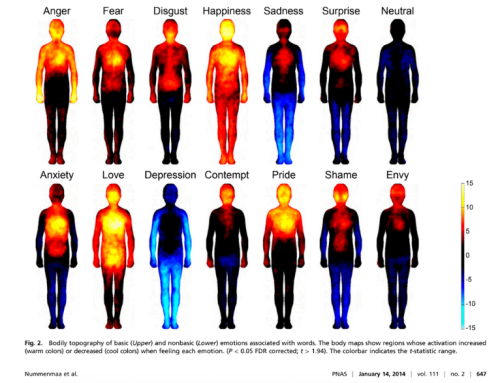
On a recent flight I found myself tuning into the take-off announcement as I heard the air steward inviting us to ‘all contribute to making this flight a positive, considerate and smooth trip.’
I found this a lovely reframe to the usual list of instructions and a great example of positive communication, the impact of which I could see when the passengers around me all made a concerted effort to stop what they were doing, thank the stewards with direct eye contact and a smile when they were being served.
Our words carry invisible impact, impact that has a direct impact on our relationships and performance.
They can impact how much we connect with another person, are influenced by what they have to say, and even believe what they are saying. Research has found that when there is incongruence between our words and our visual and vocal cues the latter takes precedence. (Mehrabian, 2017).
As leaders, it pays to be far more deliberate about the words we use, and research has found direct correlations between our communication, our performance and the climate we create.
This is backed up by Gallup’s research that ‘meaningful conversations’ are the number one skill required of leaders to shift their culture from compliant to high performing and thriving, and that “one meaningful conversation a week develops high performance relationships more than any other single leadership activity.”
Tips to switch your communication to positive
Identify and influence your Positive / Negative Ratio (PNR): Research has found that the optimal ratio of positive to negative words is 5:1 (Fredrickson & Losada, 2005). This means that we need at least five times as many positive statements than negative statements in order to be a high performing team. These include expressions of appreciation, support, helpfulness, approval or compliments, as opposed to negative statements that can express criticism, disapproval, dissatisfaction or cynicism.
Exercise your Active Constructive Responding (ACR) muscle: It’s been identified that how we respond to people’s good news or successes can also either build them up or undermine them. When we use ACR, we are mindful of how we respond when good things happen as much as when bad things happen. (Gable et al.,2004). Use open questions to encourage the person to share more about how they may be feeling or what they are planning – let your communication act as an amplifier and not a squasher of positive emotions.
Check in on your attention: More often than not, we are operating in autopilot and our attention is turned inwards. The plane’s announcement was a reminder of the gentle nudge we all needed to turn our attention outwards and notice what was going on outside of our screens. When we turn our attention out, we can observe and positively impact mood, focus and motivation.

Positive Communication is one of the elements of the Positive Leadership framework, and we find when leaders can increase their awareness of the words they choose to use, they immediately see the results. One of our participants summed it up perfectly. ‘I now regularly focus on the emotional tone of conversations, and if it is negative, turn this around into a positive, solutions-focused discussion.’
Deb is a Senior Consultant who is passionate about Positive Leadership and brings with her a wealth of experience in applying Positive Psychology and the Neuroscience of Leadership to excel in leadership and performance. Book here for a conversation to learn more about our programmes.






